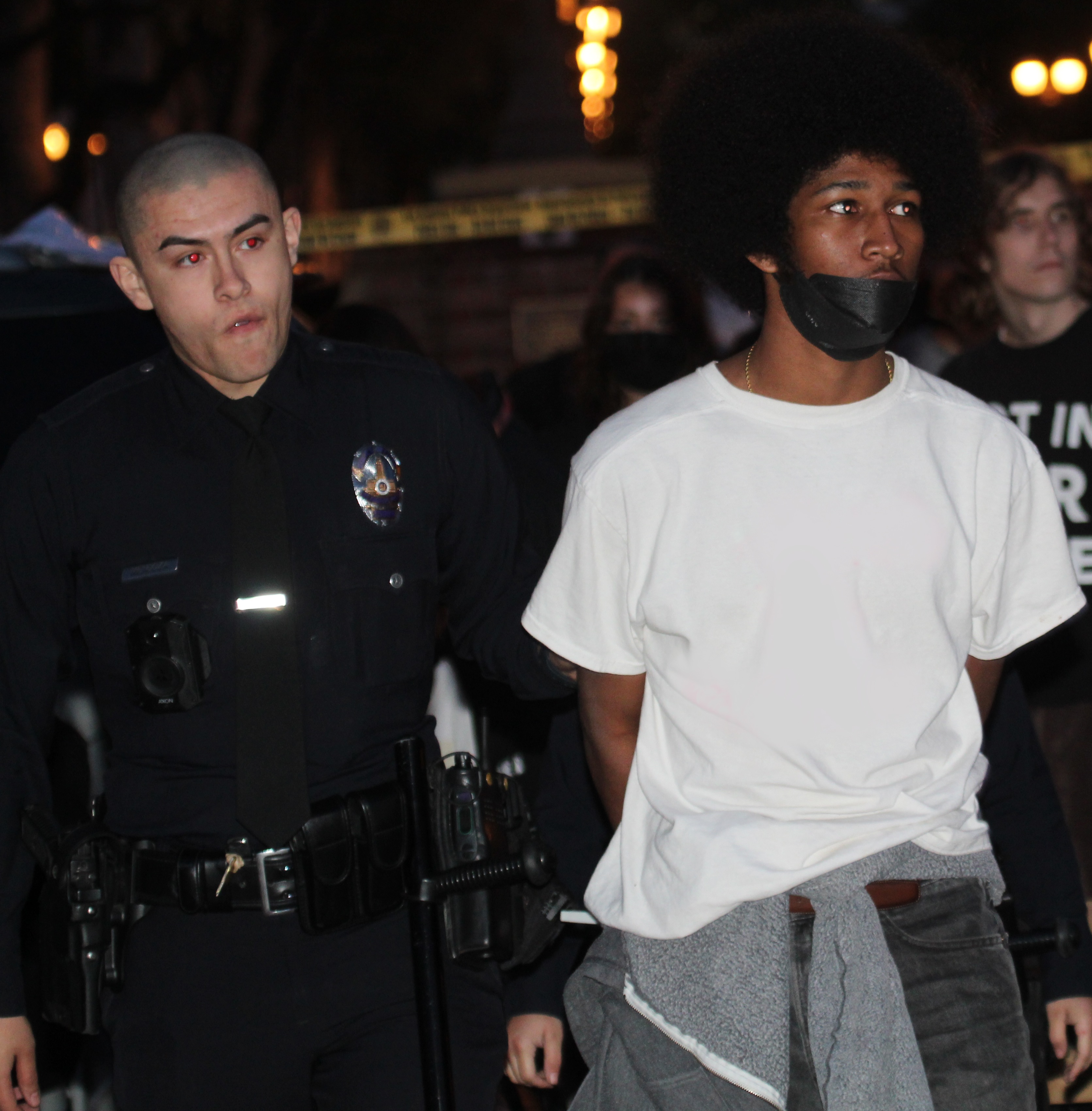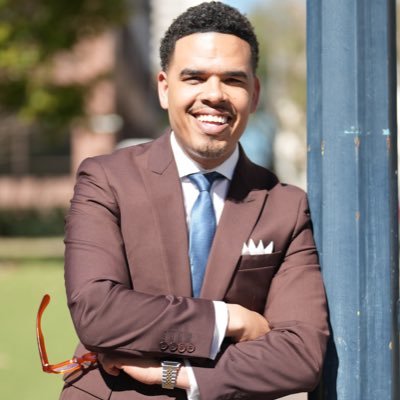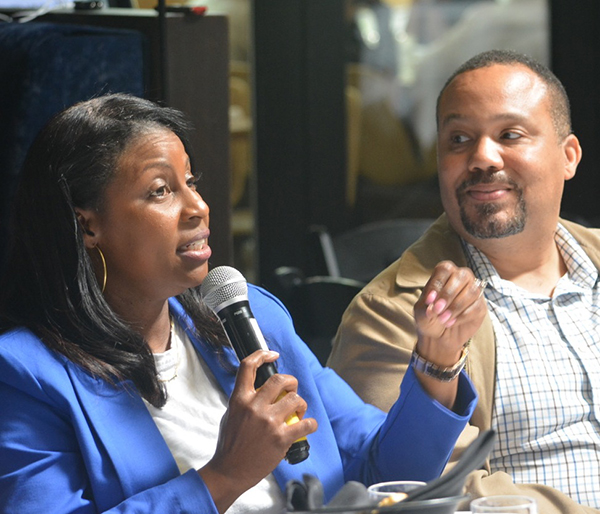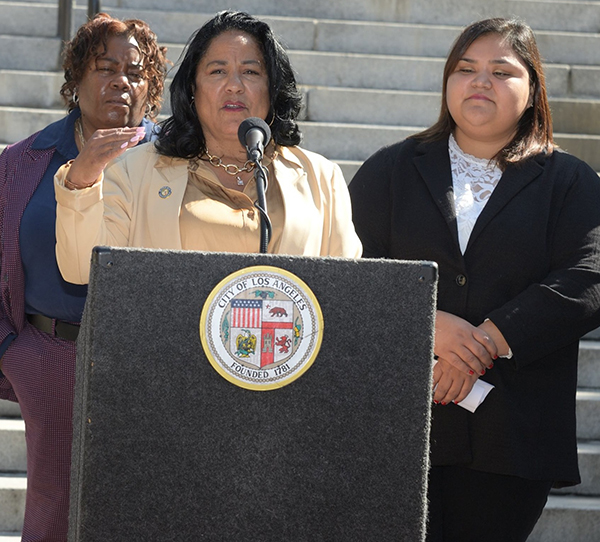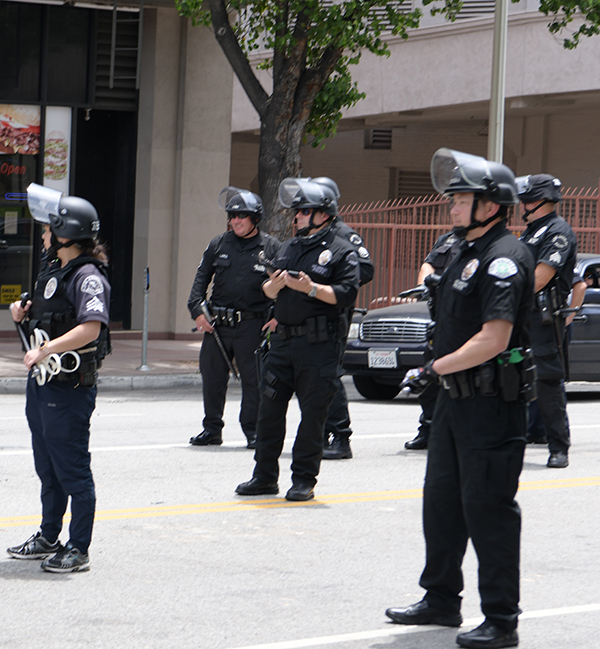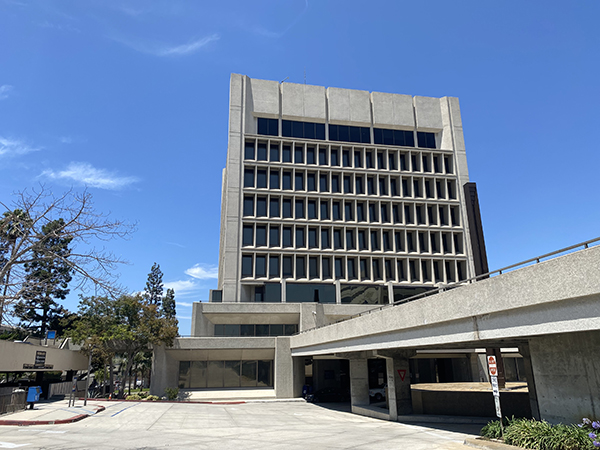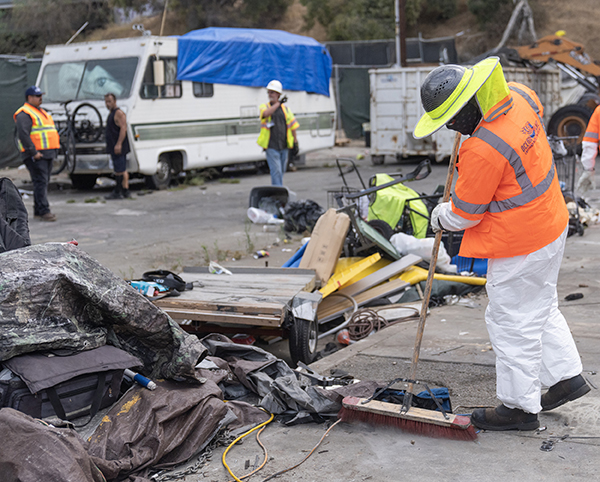Wave Wire Services
LOS ANGELES — A day after reporting a year-over-year drop in the number of deaths of unhoused people in Los Angeles, City Controller Kenneth Mejia’s office announced that may not be the case at all because the number failed to factor in deaths that were still being investigated by the medical examiner.
On March 28, Mejia’s office said an annual analysis determined there were 900 deaths of unhoused people in the city in 2023, a 22% drop from the previous year.
The next day, the office issued a “correction,” saying in a statement, “We believed that the data that we received from the coroner and relied on included all unhoused deaths in 2023. Today, we learned the data used included only closed cases, not total cases.
“We will be updating our 2023 unhoused deaths analysis page accordingly, and we will be conducting a new analysis when we have complete data,” the statement continued.
It was unclear how many open cases involving 2023 deaths of homeless people in the city were still pending.
While the full picture of unhoused deaths in 2023 remains to be seen, the 900 deaths Mejia’s office highlighted brought into focus the negative impact of homelessness and ongoing challenges with addressing substance abuse issues.
Mejia’s office said it hopes the data tool on the deaths of unhoused people “helps inform public policy that drives money to people who need it.”
“Regardless of whether the number of deaths of unhoused Angelenos goes down or up, the city needs more services,” the statement continued. “In the city of Los Angeles, there are unhoused Angelenos dying for various reasons, and this is exacerbated by the city’s failure to meet the unhoused crisis.”
The controller’s map shows details of unhoused deaths, closed cases, such as age, gender, cause and mode, as well as the council district and location where each death occurred. The controller’s analysis showed that the most common mode of death was categorized as an “accident” (about 678 deaths or 75%) — these represent closed cases.
In response to the report, Mayor Karen Bass issued a statement saying, “Every death that occurs is a tragedy and we express our condolences to those friends, family and community members who have lost a loved one due to this crisis.”
She added, “The focus of our work has been to take urgent action to save lives and while the controller’s data released today indicates a decrease in deaths, we know that there is still much more work to be done.”
Council Districts 1 and 14 — the downtown, north, northeast areas — had the highest numbers of deaths according to the incomplete numbers, as well as having some of the highest unhoused populations.
Council District 14 had 269 deaths, accounting for 29.9% of unhoused deaths (closed cases) in 2023, followed by 105 deaths (closed cases) or 11.7% in Council District 1, and 77 or 8.6% of deaths (closed cases) in Council District 13 (Hollywood area).
The most common places of death were on streets, freeways, tunnels and sidewalks.
About 135 unhoused people died in a health care facility, 70 unhoused people died in vehicles, 48 unhoused people died in some type of residence and 38 unhoused people died in a tent.
Black people, who are homeless, represent 31% of these deaths, while Black people represent 8% of the city’s general population and 33% of the city’s unhoused population.
About 274 (or 30%) of white unhoused people died in 2023, and 289 (or 32%) of Hispanic/Latino unhoused people died last year as well.
The City Controller’s Office noted that January, February and March were the most deadly months for unhoused people in 2023.
L.A. City Councilwoman Eunisses Hernandez, who represents the First District, called the report “tragic” and said it reflects the unacceptable reality facing Los Angeles.
“This is exactly why we are pushing to advance harm reduction services to keep people alive, to bring in more street medicine teams, and to offer dignified housing solutions and wrap-around services,” Hernandez said in an email to City News Service.
“At least 80% of the deaths in District 1 were ruled an accident, but when you dig into the data, it is clear that the overwhelming majority of these people were impacted by the opioid crisis that is gripping Los Angeles and the country,” she added.
According to Hernandez, a “devastating number” of these deaths occurred around MacArthur Park, where the opioid epidemic has taken a “terrible toll.”
She highlighted a plan she put forward last week for an updated proposal to create a respite center and increase harm reduction services in that area, using $3 million from opioid settlement funds the city is set to receive.
“I will continue fighting for this funding and for my district,” Hernandez said. “But the city must act with more urgency to move this forward along with other life-saving measures.”
Hernandez added, “We cannot look away from this crisis — the consequences of simply shuffling people from one neighborhood to the next and prioritizing criminalization over the delivery services are at best ineffective, and at worst, deadly.”
Councilman Kevin de León, who represents the 14th District, echoed his colleagues.
“Living on the streets is a matter of life and death and precisely why my team and I are fighting like hell to build more interim housing and get people off the streets and connected to the services they need,” de León said in a statement.
Council District 14 had a total of 9,204 unhoused residents, the most of other council districts, according to the Los Angeles Homeless Services Authority dashboard from 2022. Mejia’s map shows that a majority of unhoused deaths in the 14th District occurred in downtown Los Angeles and a result of an “accident” — details show the deaths were related to substance abuse.
The county of L.A. partners with the city and oversees funding and certain services related to homelessness and housing. The office of county Supervisor Hilda Solis did not immediately respond to a request for comment.
Solis represents the First District, which encompasses the downtown, northeast and East L.A. areas.
In a statement, the homeless services authority welcomed the news of a 22% year-over-year
decrease in deaths among people experiencing homeless in the city while recognizing that there is “no such thing as an acceptable number of deaths among our unhoused neighbors.”
“LAHSA and our partners will continue saving lives by bringing inside as many people as we can,” the agency said. “We will also continue to pursue measures that can save lives on the street, including training the rehousing system’s workforce in how to recognize an overdose and apply countermeasures like Naloxone.”
The agency reiterated it is committed do doing what it takes to “keep people safe and put them on a path to permanent housing.”

